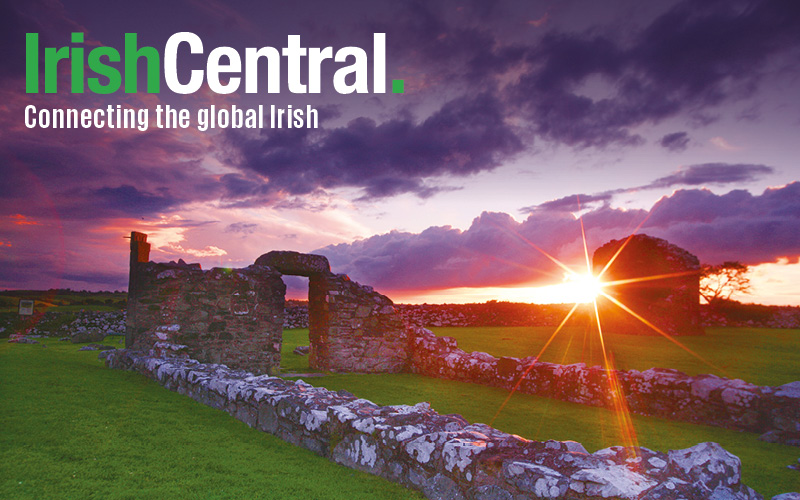The world will bear witness to the best meteor shower of the year this week as the Perseid shower hits its peak.
According to the Royal Astronomical Society, “The evening of Wednesday 12 August into the morning of Thursday 13 August sees the annual maximum of the Perseid meteor shower. This year, a new moon makes prospects for watching this natural firework display particularly good.”
The fact that Perseids also aligns with the new moon this year mean the dark sky will allow for even faint meteors to be seen, in some parts of the world.
Unfortunately a great deal of the shower will take place during daylight hours in Ireland.
Professor Mark Bailey, Director of Armagh Observatory, said, “The Perseid meteor shower is one of the best and most reliable meteor showers of the year. The French astronomer Jeremie Vaubaillon has also predicted that this year's Perseids may produce an outburst of activity around 7.40pm local Irish time on August 12.
“Although it is unfortunately still daylight at that time in the UK and Ireland, it is just possible that enhanced rates may persist for a few hours around this time and so be observable soon after dark.”
Some predict that people in dark, light pollution-free parts of the world could see as many as 100 meteors per hour during the height of the shower this summer.
Meteors (popularly known as 'shooting stars') are the result of small particles, some as small as a grain of sand, entering the Earth's atmosphere at high speed. The tail of the Comet Swift-Tuttle, which last passed near the Earth in 1992, leaves such debris in the Earth’s path. On entering the atmosphere, these particles heat the air around them, causing the characteristic streak of light seen from the ground. This shower of meteors appears to originate from a single point, called a 'radiant', in the constellation of Perseus, hence the name.
The shower is active each year from around July 17 to August 24, although for most of that period only a few meteors an hour will be visible. From the UK, the peak of the shower occurs in the late evening on 12 August to the morning of 13 August, when as many as 100 meteors or more may be seen each hour. This year, for the first time since 2007, this peak coincides with a new moon on 14 August, creating ideal dark sky conditions for meteor-spotting.
NASA meteor expert Bill Cooke advised the public to, “Try to view the Perseids as far away from artificial lights as possible.
"The darker the sky, the better viewing experience you can have. Lie on the ground and look straight up."
NASA will air a live feed of the shower from the Marshall Space Flight Center in Huntsville, AL starting at 10 pm ET on Aug. 12, and you can ask astronomers questions at that time using #askNASA on social media or posting questions to Marshall's Facebook account.




Comments